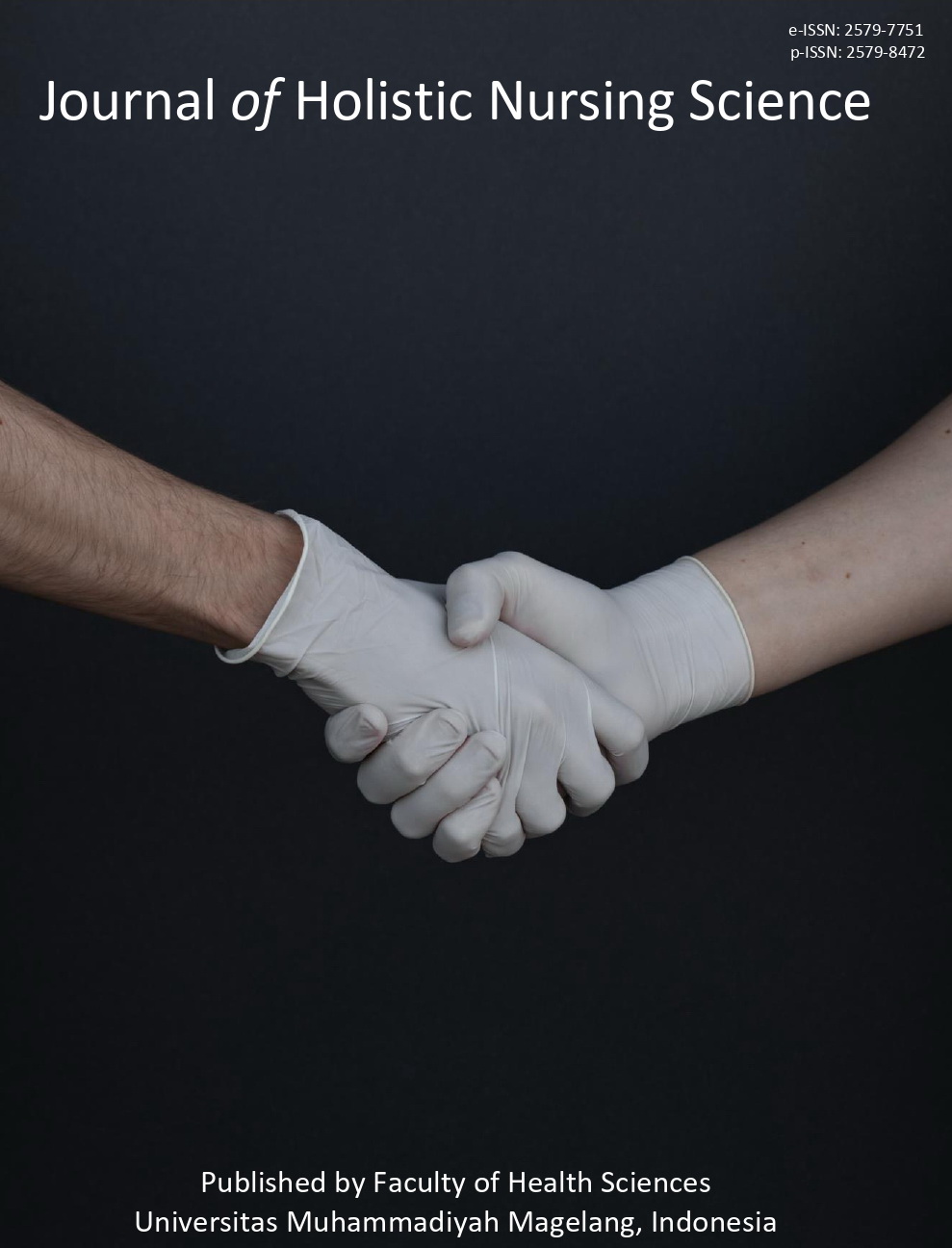Caring a patient with brain injury experiencing increased intracranial pressure: A case report
Main Article Content
Abstract
Traumatic Brain Injury (TBI) is a significant contributor to mortality and a critical global health concern. Elevated intracranial pressure (ICP) appears to be an acute and potentially fatal complication that requires increased focus from clinical nurses within hospital settings. It is critical to manage patients with TBI who also have elevated ICP to prevent an ICP extremity. This research aimed to assess the efficacy of SIKI in treating patients with TBI. This study presents the case of a 12-year-old child who sustained an epidural haemorrhage due to a traffic accident and had a mild to moderate traumatic brain injury. Nursing care is administered through monitoring interventions and ICP improvement management. Due to the clinical advantages, healthcare industry policymakers should recommend using SIKI during TBI treatment.
Keywords: Brain injury; nursing care; intracranial pressure; nursing intervention; hospital care
Downloads
Article Details

This work is licensed under a Creative Commons Attribution-NonCommercial 4.0 International License.
- Authors who publish their articles in JHNS retain full copyright of their work.
- JHNS does not require authors to transfer their copyright to the journal or its publisher, Universitas Muhammadiyah Magelang. The authors grant JHNS a license for the first publication.
- As copyright holders, all authors have rights to reuse their work published in JHNS, subject to proper acknowledgment of the original publication in JHNS (including a full citation and DOI link) and the terms of the CC BY-NC 4.0 license. These rights include, but are not limited to:
1) Posting copies of their published article on personal or institutional websites, or in institutional or other non-commercial subject repositories (as detailed in JHNS's Repository Policy).
2) Reproducing their article, in whole or in part, in other works created by them (e.g., in a book chapter or a review article), with proper citation to the JOSI publication.
3) Using their article for teaching purposes or internal institutional use.
4) Presenting their article at meetings or conferences and distributing copies.
